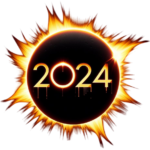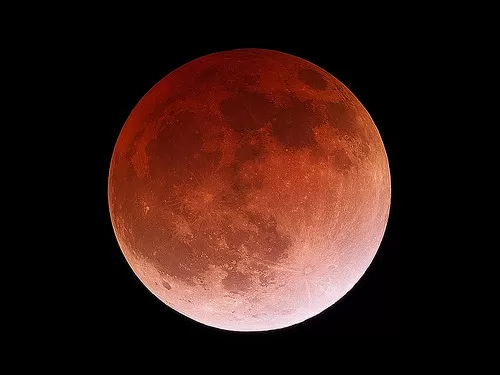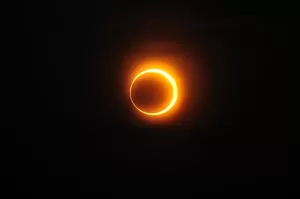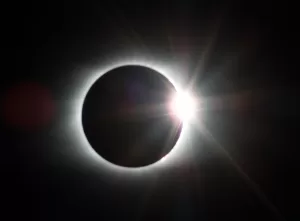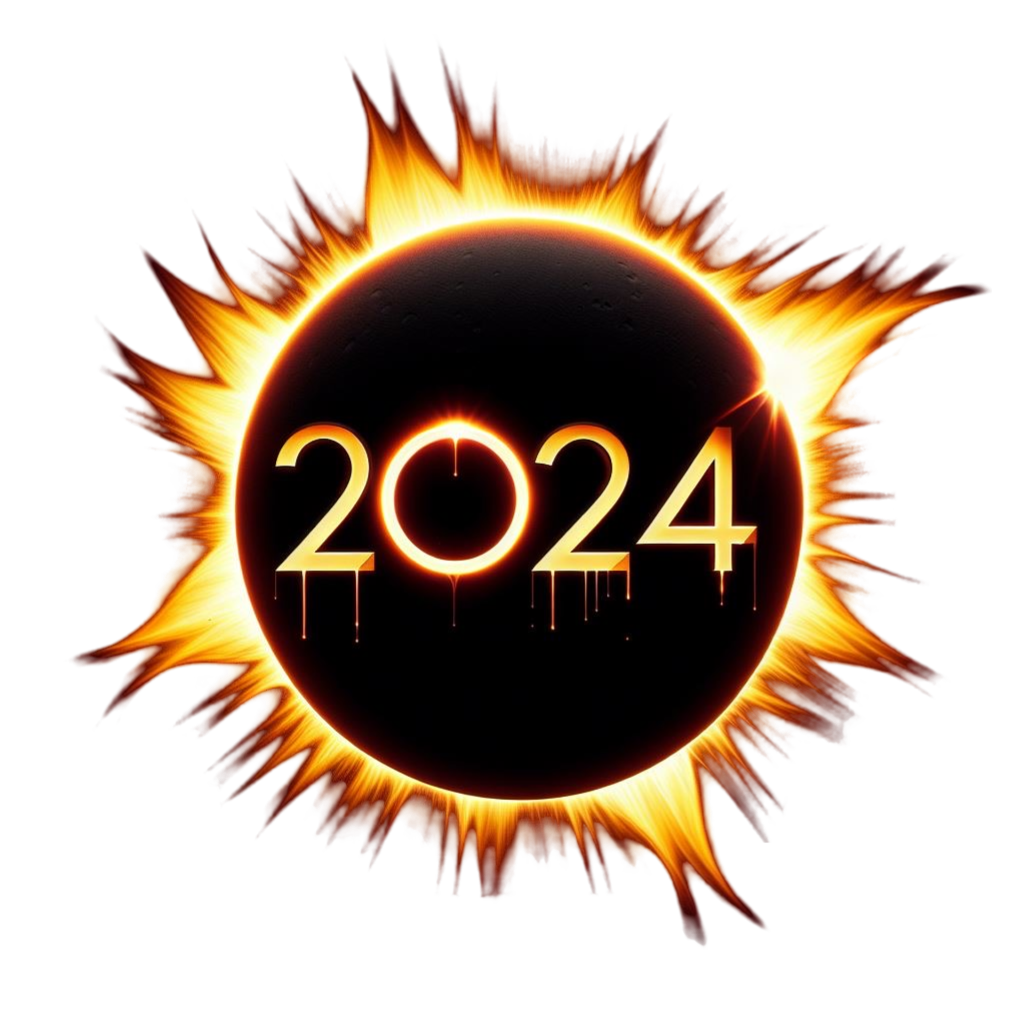Eclipses have fascinated humanity since the dawn of time, serving as powerful reminders of the celestial mechanics that govern our universe. While both lunar and solar eclipses are spectacular to witness, they occur under different circumstances and offer unique visual experiences. Let’s dive into the differences between lunar and solar eclipses, shedding light on these captivating astronomical events.
What are Eclipses?
At their core, eclipses are shadows cast by celestial bodies. They occur when the Earth, Moon, and Sun align in a straight or nearly straight configuration, temporarily altering the light that reaches us.
Lunar Eclipses: A Moonlit Shadow
A lunar eclipse happens when the Earth positions itself between the Sun and the Moon, casting a shadow on the Moon. This can only occur during a full moon when the Sun and Moon are on opposite sides of the Earth. Lunar eclipses can be total, partial, or penumbral, depending on how the Earth’s shadow falls on the Moon.
- Total Lunar Eclipse: Occurs when the Earth’s umbra (the central, darkest part of its shadow) completely covers the Moon, often casting a reddish hue on it due to Earth’s atmosphere filtering and bending sunlight.
- Partial Lunar Eclipse: When only a part of the Moon passes through the Earth’s umbra, we witness a partial lunar eclipse.
- Penumbral Lunar Eclipse: The most subtle of the three, this occurs when the Moon passes through the penumbra, the lighter outer part of Earth’s shadow, resulting in a faint dimming of the Moon’s surface.
Solar Eclipses: Daytime Darkness
A solar eclipse unfolds when the Moon stands between the Earth and the Sun, casting a shadow on the Earth. This can only happen during a new moon, when the Moon’s orbit aligns it directly or nearly directly in front of the Sun. Solar eclipses can be total, partial, or annular.
- Total Solar Eclipse: A mesmerizing event where the Moon completely covers the Sun, turning day into night for a brief period. Observers in the path of the Moon’s umbra experience darkness and a drop in temperature, along with the spectacular sight of the Sun’s corona.
- Partial Solar Eclipse: This occurs when only a part of the Sun is obscured by the Moon from the viewer’s perspective, making it look as if a bite has been taken out of the Sun.
- Annular Solar Eclipse: When the Moon is too far from Earth to completely cover the Sun, it leaves a ring of sunlight visible around its edge, creating what’s known as an “annulus” or ring of fire.
Experiencing the Eclipses
While lunar eclipses are safely visible to the naked eye and can be seen from anywhere on the night side of the Earth, solar eclipses require protective eyewear to observe safely. The rarity of being in the path of totality for a solar eclipse makes it a highly sought-after experience for eclipse chasers around the globe.
Conclusion
Both lunar and solar eclipses offer breathtaking views and are powerful reminders of our place in the vast cosmos. By understanding the mechanics behind these celestial events, we can appreciate their beauty and the precise dance of the celestial bodies that make them possible.
For more insights into the wonders of our universe, remember to step outside during these events and look up at the sky, bearing witness to the spectacular celestial mechanics at play.
